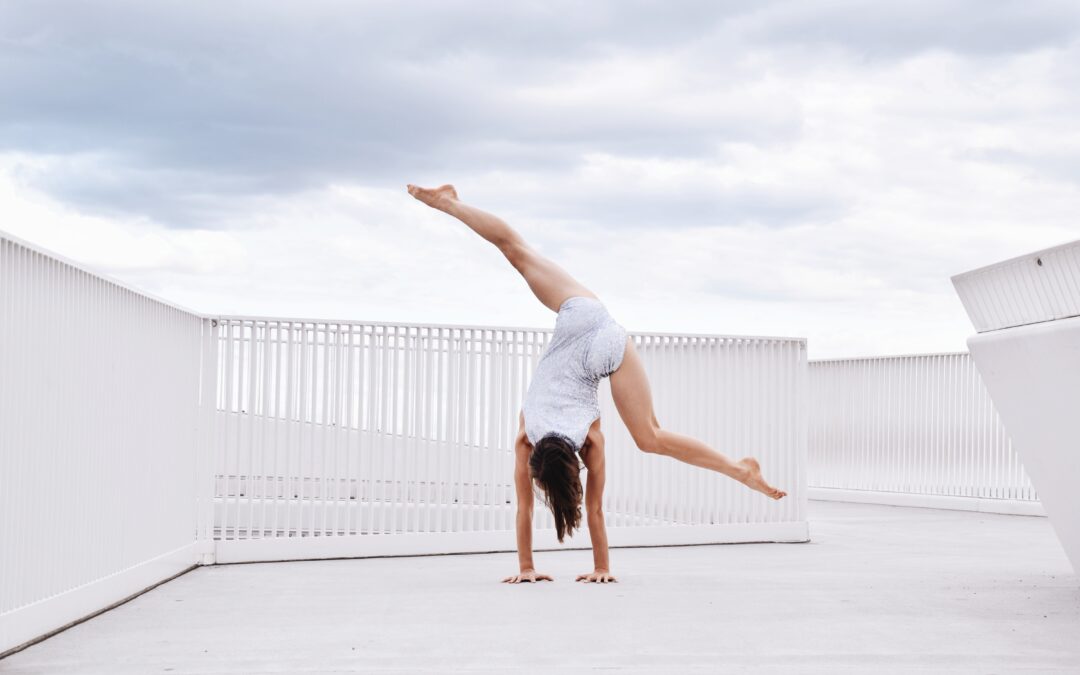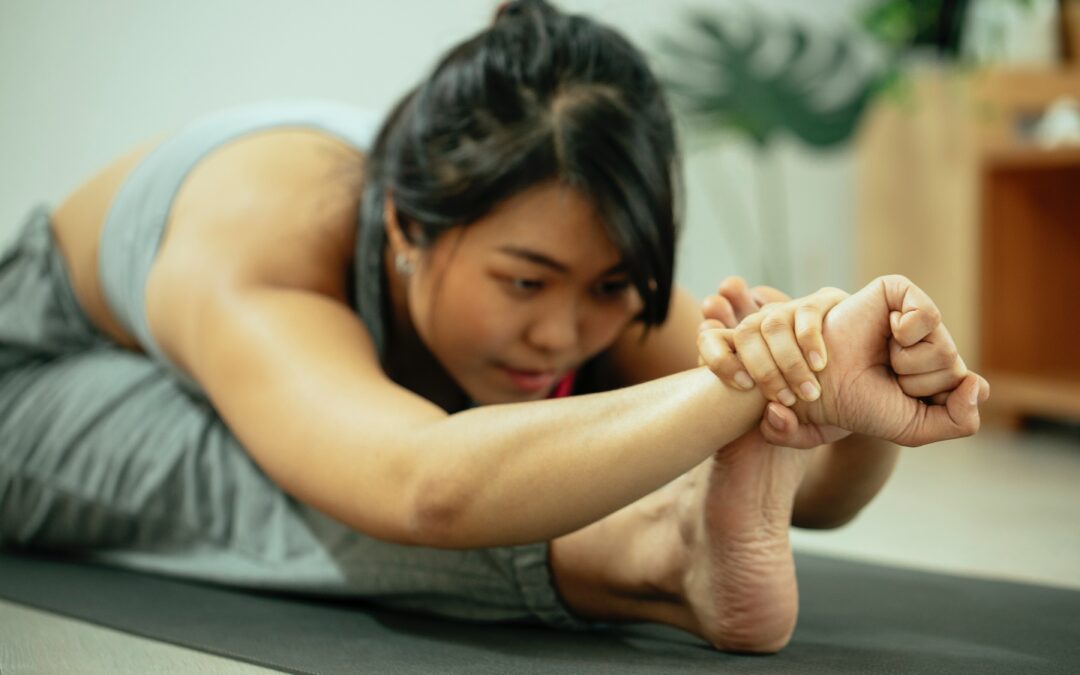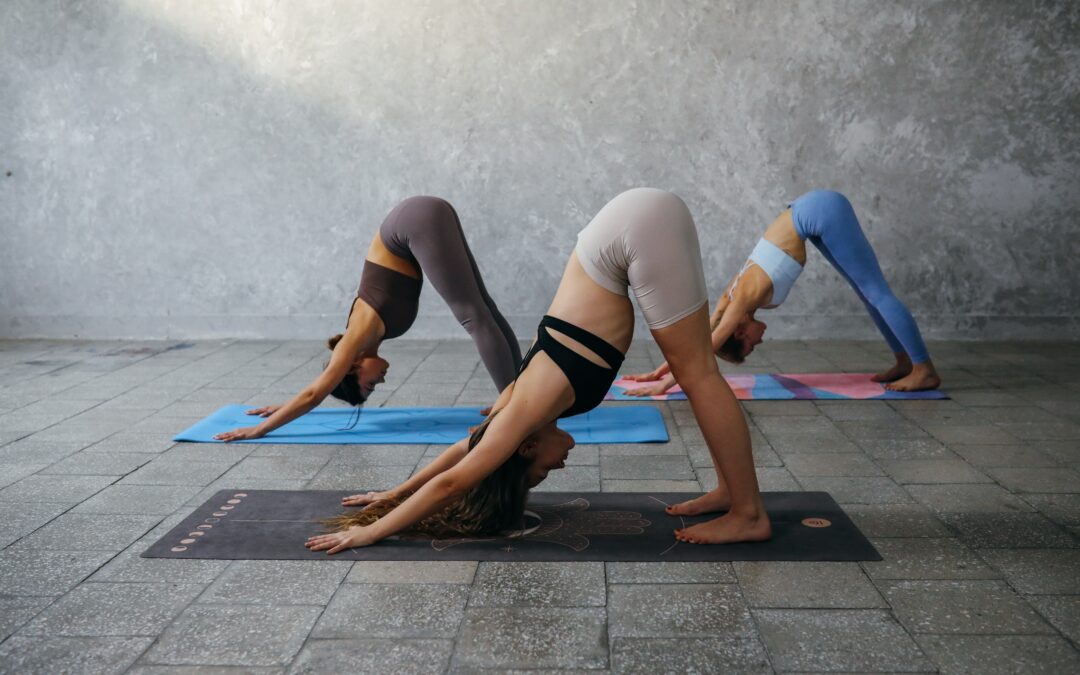If you are a sports person and you have been thinking on how to complement your training with yoga, here are some tips for you before you start!
1. Find out whether you need more range of motion or strength to balance your exercise
Yoga leads practitioners to a state of balance. This state manifests both in the mental level as equanimity, and in the physical level as balance of flexibility and strength. Before you start your yoga practice it is better to determine whether you need flexibility or strength to balance your sports exercise.
One of the aims of yoga practice is helping practitioners age without loss of range of motion. As we age, we have the tendency to lose the beautiful manifestation of movement throughout the body due to not using the joints. Our bodies work in the most efficient way and if we do not use the full range of joints, we simply lose them. Though it may change from one field of sports to another, exercises may focus on developing only targeted areas, which may leave the other parts of the body unattended.
For example, in the lifting training, over strengthening arms and upper body muscles leads to over-stiffening of the front body. As the intercostal muscles in the front body get stiffer, breath capacity may be affected negatively. Such a practitioner may benefit from a yoga class focusing on flexibility in the front body for enhancing breathing. Or a sports person in gymnastics may find it more beneficial to join yoga practices which focus on stability and core strength. In sum, the best recipe is to listen to our body intelligence to find out the best yoga practice that will leave our body and mind in a balanced state.
2. Start with slow paced classes to dive into body awareness and coordination
Govindaraj et al. (2016) states that: “Emphasis on breath regulation, mindfulness during practice, and importance given to maintenance of postures differentiates yoga practices from physical exercises.” Thus, it may be a good idea to start with a slow-paced class to merge breath with movement and observe the difference in your concentration and body awareness.
Weiss, C. (2022) suggests, “Yoga trains the proprioception and visual systems to improve balance. Depending on the pose, cues are sent to focus, for instance, on the foot rooted to the ground. By concentrating in an attempt to maintain contact, the big toe, little toe and heel form a tripod of sorts, which in turn helps focus the proprioception portion of balance.” Various instructions from the edge of the feet, to where to keep your focused gaze, all parts of the body are attended within a yoga session. This can be a great way to develop body awareness, proprioception, and coordination. Moreover, there are balancing poses in yoga which have further benefits together with coordination, as Quinn, E. (2020) suggests “Balance exercises are often overlooked by athletes but are one of the most effective ways to correct muscle imbalance or body mechanic problems.”
Flowing with harmonious breaths and deep sense of proprioception within a better coordinated body have the potential of helping sports persons in all areas. To internalize them all you can start with a low intensity class and turn your focus towards subtle details that you generally miss during your regular training sessions.
To learn more about proprioception you can check out the following Youtube video by Sahyouni (2013):
3. Focus on “how” rather than “what to do” to find inspirations for your exercise
“The whole sequence is built in a way that trains an individual to slowly transcend from the gross materialistic physical level to a deeper divine level of existence.” says Govindaraj et al. (2016) about the stages of a yoga sequence. A meditative beginning, slow movements to prepare the mind and body to the yoga poses (asanas), asanas focusing on the main theme of the class, regulated breathing (pranayama), meditation, relaxation, and finishing the class with reminding our intention may feel quite different than a regular training.
In any type of sport, the main objective comes to revealing our potential. This objective is not unrelated to yoga. Yoga, as a path of self-realization with its broader aspect may help everyone who is dedicated to get to know themselves and work on expanding their potential. Thus, a sports person may focus on how a yoga class invites people to manifest an asana or a meditative state within the above-mentioned beautiful structure of sequence. This observation may say a lot about how to design a path towards realizing oneself in any area of choice.
Here is a wonderful inspirational video from The Players’ Tribune (2018):
Did you know that Trueyogi has a Yoga for Body feature? In this feature you can find numerous classes designed for different aims like workout recovery, flexibility, core power, endurance and many more! If you are a sports person and would like to complement your practice, Trueyogi Yoga for Body feature is exactly what you are looking for!
References
Govindaraj, R., Karmani, S., Varambally, S., & Gangadhar, B. N. (2016). Yoga and physical exercise–a review and comparison. International Review of psychiatry, 28(3), 242-253.
Sahyouni. (2013, October 9). Proprioception and kinesthesia | Processing the Environment | MCAT | Khan Academy. YouTube. Retrieved December 14, 2022, from https://www.youtube.com/watch?v=yKfpBGicqNQ
Pacers’ Myles Turner Talks Yoga Benefits for Athletes | The Players’ Tribune. (2018, July 27). YouTube. Retrieved December 14, 2022, from https://www.youtube.com/watch?v=MmZVviBf_aE
Quinn, E. (2020, August 22). Can regular yoga practice improve sports performance? Verywell Fit. Retrieved November 21, 2022, from https://www.verywellfit.com/yoga-for-athletes-3120800
Weiss, C. (2022, September 11). Mayo Clinic Q and A: What’s the benefit of yoga? – Mayo Clinic News Network. Retrieved November 21, 2022, from https://newsnetwork.mayoclinic.org/discussion/mayo-clinic-q-and-a-whats-the-benefit-of-yoga/
Scan the QR below and download Trueyogi



